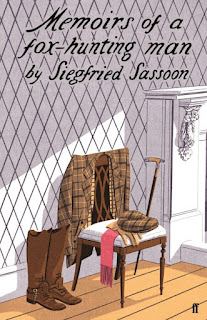Eighteenth-Century Rose Flowers and their Lessons
Though
beautiful, rose flowers are prickly things. If we are careful, we may handle them with
ease; otherwise, we will rip our skin. A rose flower's anatomy offers lessons,
teaching us to respect something's life-essence, handling it gently.
Like
its beauty, a rose flower’s prick is essential. The thorny stem counters its delicately
made flowerhead. The German philosopher, Arthur Schopenhauer, declared that
there is 'no rose without a thorn’, pointing towards the central facets of the
flower’s identity: sweet-smelling at the top, but harmful at the middle.
These
flowers possess the potential to do harm, but this potential relies on the type
of hand which handles them. A careless hand will rip the rose from a bush and hurt itself;
the other hand is patient and receives the rose prudently. Therefore, pragmatism is key.
Many
thorns also exist independently of themselves. Without the flower to adorn their
stem, these thorns are ugly and brutal. Schopenhauer completed his aphoristic
phrase, saying: ‘No rose without a thorn, but many a thorn without a rose’ [1]. We may pluck roses with
the intention of possessing them – for example, to display them in ornamental jars. But we must leave thorns alone, making peace with their
presence. For they are the bad living among the good.
The
English poet, William Blake, considered the implication of flowery possession –
that is, to cut a rose and keep it. In Songs of Innocence and of Experience (1794),
Blake investigated nature’s rituals and explored their consequences.
The
SICK
ROSE
O
Rose, thou art sick.
The
invisible worm,
That
flies in the night
In
the howling storm:
Has
found out thy bed
Of
crimson joy:
And
his dark secret love
Does
thy life destroy. [2]
A
bug’s relationship with the flower transforms its state: from health to
sickness. The worm seeks repose, infiltrating the flower’s body. They force the
flower into submission, as their ‘dark secret love’ destroys the rose, killing
it. Thus, a being’s needs and requirements will bring another’s death and destruction.
Blake’s
lesson is clear: to force submission is to destroy life. We must accept and
respect the rose’s integrity, letting it live free without our spheres of influence.
In so doing, we allow the flower to thrive, to reach its full potential, before
succumbing to nature’s rituals – those which are not our own.
Notes:
[1] Arthur Schopenhauer, ‘On Various Subjects’
in R. J. Hollingdale (ed. and trans.), Arthur Schopenhauer: Essays and Aphorisms
(London, 1970), p. 235.
[2] William Blake, Songs of Innocence and
of Experience (London, 2017), p. 72.
 |
| William Blake, The Sick Rose |


Comments
Post a Comment